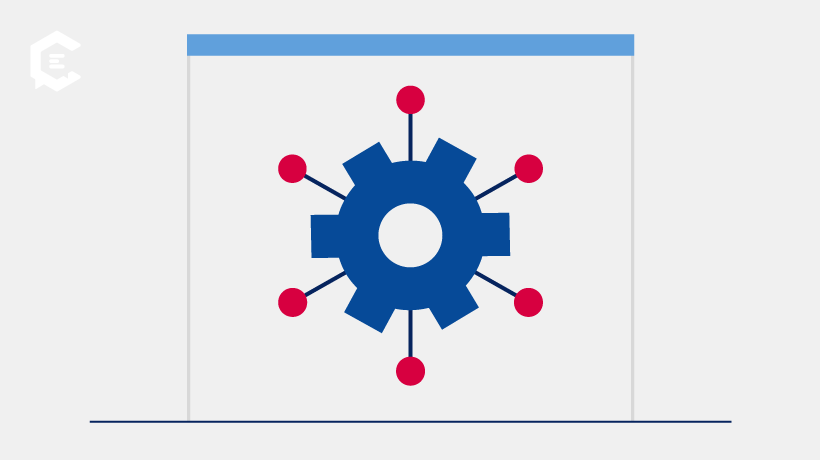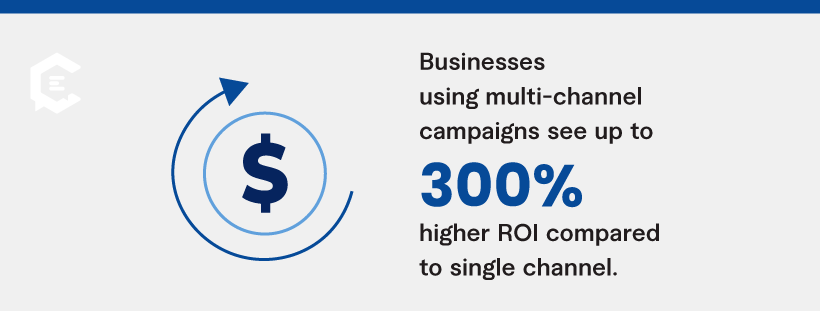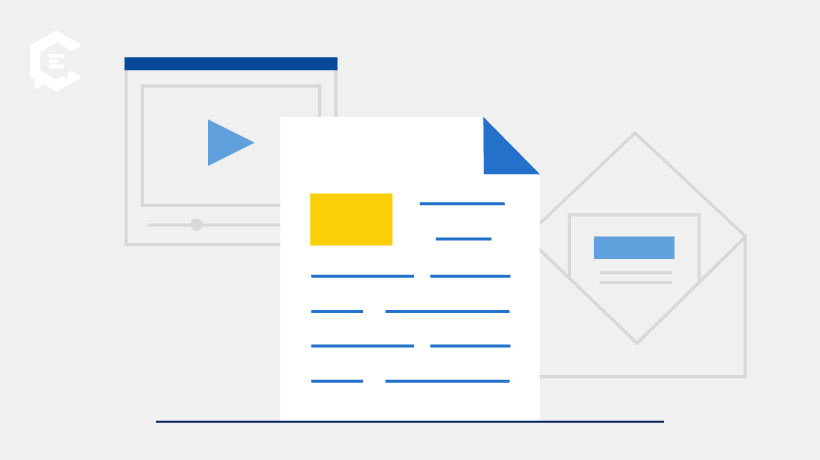With content scattered across blogs, social media, email, and even video, it’s tough to keep everything aligned and consistent. It’s a constant balancing act to ensure each platform gets the tailored content it needs without losing the core message.
The good news? You don’t have to start from scratch every time. With a smart ideation process, you can generate flexible ideas that work across all your channels, keeping your content fresh and on point.
Let’s dive into how to streamline ideation so your content stays engaging and consistent, no matter where it lands.

What is a Multi-Channel Content Strategy?
A multi-channel content strategy is about getting your content out there — across social media, blogs, emails, podcasts, videos, and more. But every platform has its own style. What works on Instagram might flop in an email campaign, and a deep-dive blog post won’t cut it on TikTok.
Still, no matter where your content lives, your message has to stay consistent. Multi-channel campaigns are worth the effort, with businesses seeing up to 300% higher ROI compared to single-channel approaches. That’s why ideating with each platform in mind is crucial while keeping your core message intact.
The Role of Ideation in Content Creation
Ideation is where it all starts. Coming up with ideas sounds easy, right? But it gets a lot more complicated when you think about multiple channels. You can’t just slap the same idea across every platform and call it a day.
The real challenge is figuring out how to take one idea and make it fit across different formats without losing its impact. Without a solid ideation process, things get messy fast — your message can start feeling disjointed, and your brand might end up all over the place. And nobody’s got time for that.
Tailoring Ideation for Different Channels
Making a multi-channel content strategy work means shaping one great idea to fit different platforms. But it’s not as simple as copy-pasting. Each channel has its strengths, audience expectations, and content styles.
You’ve got to think about how people engage with content in those spaces — what grabs attention on LinkedIn might not work in a detailed blog post. The key is knowing how to tweak your idea for each platform while keeping it engaging and true to your overall message.
Adapting a Single Idea for Multiple Platforms
It starts with generating versatile ideas that can easily be expanded or condensed depending on the platform. Take one central concept and break it down into adaptable pieces:
- Blogs and Articles: Use your blog to dive into the details, offer insights, or tell the full story. Think long-form, with room to explore arguments, provide data, or share expert opinions.
- Social Media: Pull out bite-sized, attention-grabbing snippets from your blog and make them punchy. A stat, a bold claim, or a provocative question is perfect for Twitter, Instagram, or LinkedIn. Keep it short and shareable.
- Email Campaigns: Craft a version of the message tailored specifically to your subscribers. Focus on what they care about, and give them actionable tips or insights that relate to your original idea but feel exclusive to their inbox.
- Videos: Take your core idea and bring it to life visually. Whether it’s a short explainer, a tutorial, or even an animated breakdown, keep it engaging and easy to digest.
Suppose you’re sharing insights on a new industry trend. In that case, your content may include a blog that digs into the details of that trend, a social post that provides the key stats to consider, an email that provides readers with actionable tips to stay ahead of the trend, and a video that acts as a quick explainer. Your content remains consistent but is tailored for each platform.
Platform-Specific Ideation
What kills on Instagram might flop in a blog, and your LinkedIn content isn’t going to hit the same way in an email. You can’t just repurpose blindly — you need to tailor your ideas so they work with the strengths of each platform. Here’s how to approach it with confidence:
- Social Media: Quick, eye-catching, and shareable. Use bold visuals or punchy text to grab attention fast. Think polls, images, or short, engaging statements.
- Blogs and Articles: Go deeper. Break down the idea into long-form content that offers real value, like step-by-step guides or in-depth analyses.
- Email: Keep it personal. Give subscribers actionable tips or exclusive insights. Make it short but packed with value they can use right away.
- Video: Simplify and engage. Turn your idea into a short, visually appealing explainer or tutorial. Keep it concise and entertaining.
Maintaining Consistency Across Channels
Keeping a consistent voice across channels isn’t just a “nice-to-have” — it’s critical. If your blog is buttoned-up and formal while your Instagram is casual and fun, your brand starts to feel disjointed. And that’s where you lose people.
Aligning Ideation with Brand Voice
The challenge? Adapting content for different formats without losing your voice. Each platform might require a different tone or style, but it all needs to feel like you. Think of it like this: whether your audience reads a tweet or a white paper, they should know they’re still hearing from the same brand.
The fix: Make sure your ideation process always keeps your brand’s tone in mind. Before you start ideating, get clear on how you want to sound — across every platform. That way, whether it’s a long blog post or a quick social post, your audience recognizes your voice, no matter where they are.
Tools and Techniques for Cross-Channel Ideation
Organization is key when managing multiple channels. Several tools can streamline the ideation process, helping teams stay on track and ensuring that ideas are consistently applied across formats. Here are a few techniques to consider:
- Content Calendars: Use tools like Trello, Asana, or CoSchedule to plan out how each idea will be used across different channels. This visual planning keeps your team on the same page and helps avoid content silos.
- Brainstorming Sessions: Collaborate with stakeholders from various departments (social media, blog, video, etc.) to ensure that every perspective is considered during the ideation process.
- Mind Mapping: Tools like MindMeister can help you break down complex ideas into smaller, adaptable parts that fit different channels.
- Analytics Integration: Use insights from past campaigns to refine your ideation process. What worked on certain platforms? Which formats drove the most engagement? Let these insights guide future ideation sessions.
Best Practices for Multi-Channel Ideation
Managing content for multiple platforms can feel overwhelming, but you don’t need a new idea for each one. The trick starts with adaptable, strong themes that work across all channels.
Identifying Core Themes That Resonate Across Platforms
Focus on big ideas that hit your audience’s pain points or interests. These themes should be broad enough to apply everywhere but specific enough to stay relevant. Your blog can go deep, while social media shares quick insights and email offers actionable takeaways. When your core theme resonates, it can power content across all platforms without feeling repetitive.
Involving Stakeholders in the Ideation Process
Coming up with content ideas on your own can be tough. That’s why involving your team from the start makes all the difference. Your social media manager knows what gets quick engagement, while your blog editor can spot opportunities for in-depth pieces. By collaborating early, you ensure every channel gets the attention it needs, and you’re not left trying to force ideas where they don’t fit.
Evaluating and Iterating on Ideas
Creating content doesn’t end once it’s published. You need to monitor how your audience responds. Some ideas might resonate on one platform but not on another — and that’s completely normal. The goal is to refine your process based on feedback and performance, adapting as needed. Not every idea belongs everywhere, so focus on where it works best to make the most impact.
Streamlining Your Multi-Channel Content Through Effective Ideation
Crafting content for multiple platforms is no easy task, but with a smart ideation process in place, you can ensure your message stays consistent and engaging across channels. Whether you’re brainstorming new themes or repurposing existing content, taking a flexible yet strategic approach to ideation will help your team deliver relevant content, no matter the platform.
Looking for ways to make your ideation process even more effective? Connect with a ClearVoice content specialist to start refining your approach to content ideation.








